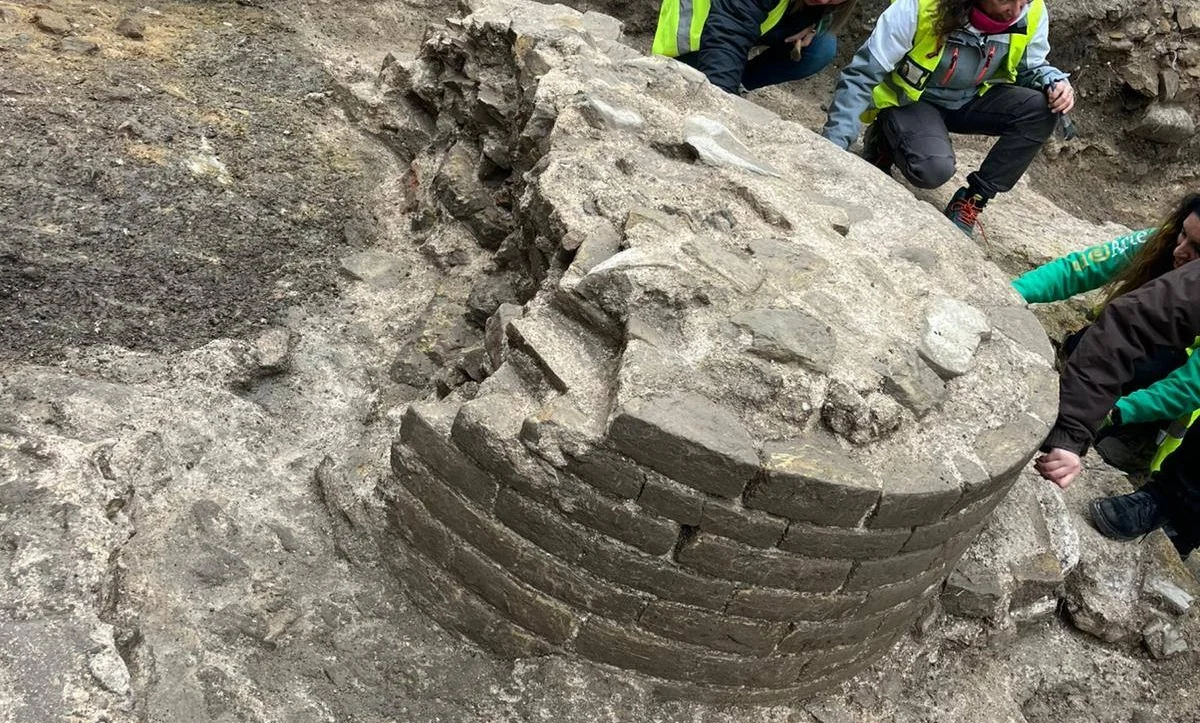The unique cultural identity of Crete is highlighted by the Ministry of Culture and Sports in the nomination file for six Minoan palaces - Zakros, Knossos, Phaistos, Malia, Zominthos, Kydonia - in the World Heritage List UNESCO, prepared by the Directorate of Prehistoric and Classical Antiquities in collaboration with the Ephorate of Antiquities of Crete and the support of the Region of Crete. In the collection of the documentary material, scientific institutions that have been active in the Region of Crete for many years, such as the foreign archeological schools and the Archeological Society of Athens, as well as the excavators of the sites, also played an important role.
As stated by the Minister of Culture and Sports, Lina Mendoni, "The palace centers are among the most emblematic elements of Minoan culture. Geographically, they are distributed throughout Crete, and their general promotion beyond the Palace of Knossos is a priority for the Ministry of Culture and Sports. The serial recording makes it possible to show the most important palace centers while maintaining a complete representation of all aspects of Minoan culture. The preliminary management plan for the Minoan palace centers constitutes the "core" of their management, with the aim of highlighting their outstanding universal value as cultural assets, but also ensuring their authenticity and integrity. Through the application for their registration in the list of monuments UNESCO, the management of the Minoan palaces will be consolidated on a holistic basis and their inclusion in a cultural route that highlights and developmentally absorbs the dynamics of this unique and particularly rich cultural heritage".
The Preliminary Plan for the Management of the Minoan Palaces, unanimously endorsed by the Central Archaeological Council, follows the philosophy of a holistic framework for highlighting the Minoan culture as reflected in the six archaeological sites to be registered, and defines and ensures, in the short and long term, the methods for their protection and visitation. At the same time, it establishes a system for implementing conservation and management measures to preserve the sites' values and pass them on to future generations as intact as possible.
The preliminary management plan for the Minoan palace centers includes in its three main axes of actions for research and study, records the problems regarding the monuments and proposes measures for their protection and restoration, the upgrading and development of infrastructure and services for visitors with the aim of improving their overall experience in archaeological sites. The formulated objectives are specific and measurable, and divided into immediate, medium-term, and long-term actions according to the priority of implementation and need.
With the revision of the indicative list of Greece for the inclusion of monuments in the World Heritage List UNESCO in 2014 and in order to ensure the most complete representation of the Minoan culture, the previous candidacy of Knossos was expanded and transformed into a series entitled "Minoan Palace Centres (Knossos, Phaistos, Malia, Zakros, Kydonia)". Later, it was considered appropriate to include Zominthos in this series of nominations in order to better reflect the spread of Minoan culture in Crete. The six Minoan palace centers in the nomination series were established at key sites and cover geographically the entire island and chronologically the entire range of Minoan civilization from the Early and Middle Bronze Age of the foundation of the first palaces (1900-1700 BC) and the Late Bronze Age of the flourishing of the new palaces (1700-1450 BC) to the Final and Post-Palatial Period (1450-1100 BC).











